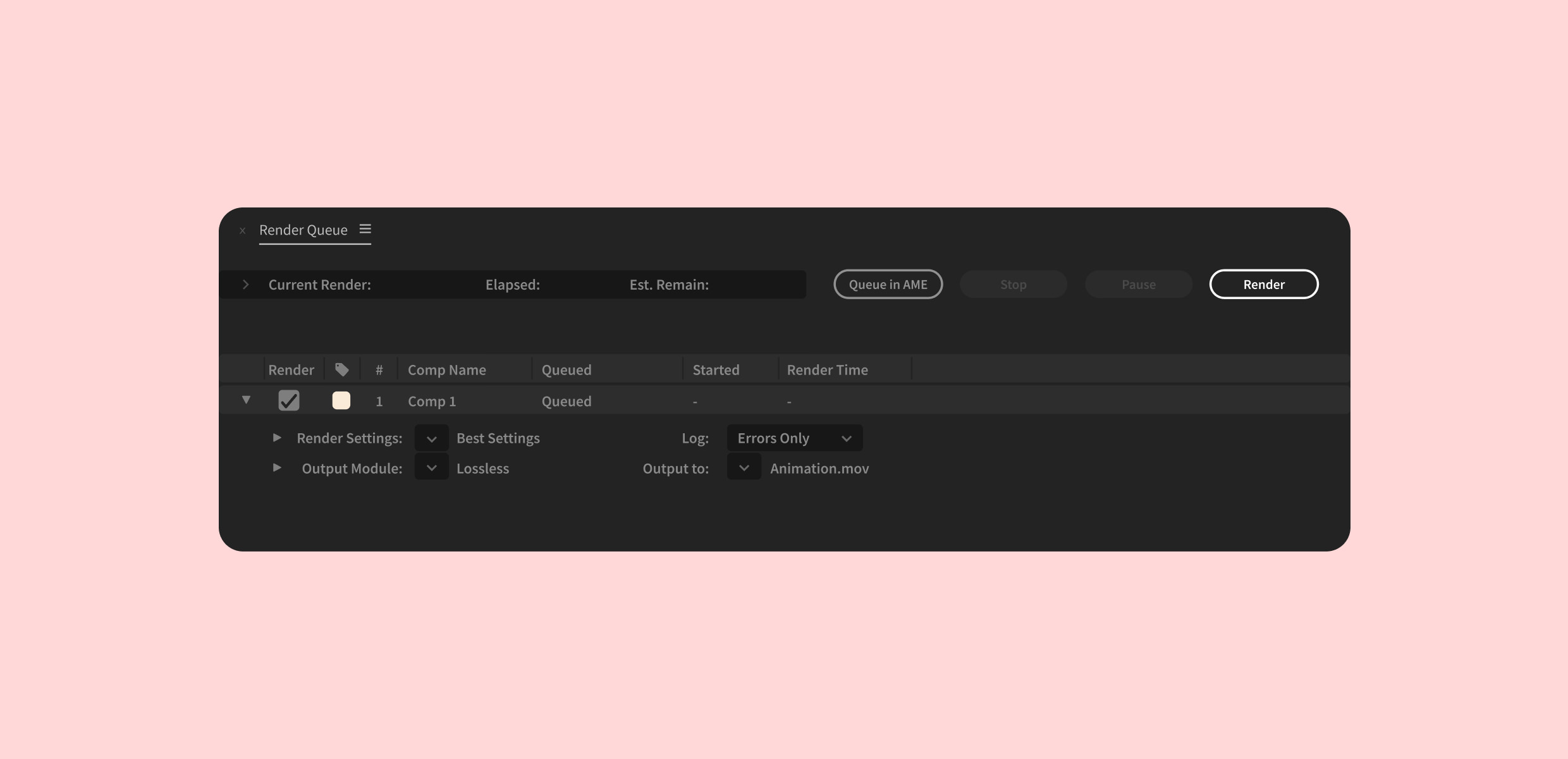

Quote from: SteveScout on February 23, 2014, 12:58:16 PM Don´t export the file for the internet directly from After Effects. If you want to know more about rendering DNG sequences in After Effects, check out this article (just skip the LOG functions entirely): Two pass encoding and the checkbos "Maximum render quality on" on the lower part of the AME window should give you best results.
#Adobe after effects render 1080p
Often you do not need to provide a real 1080p file, most VIMEO videos in HD play only in 720p. In short, the more cores your CPU has, the more frames After Effects can render simultaneously. Enable Multi-Frame Rendering The first setting you need to turn on for faster renders is Enable Multi-Frame Rendering.

Start off with a H-264 file that fits your size best. However, you can take a few steps to make your After Effects renders as fast as possible. Once you rendered your file (Quicktime ProRes 220 on a mac or QUicktime DNxHD 185 - only this one supports 16bit), make sure you set the output to trillions of colors) you can load it in Adobe Media Encoder to transcode it to a internet friendly format.

Color working space set to none is fine as well when working with the DNGs. On Mac the choice would be ProRes, on a Pc the free AVID DNxHD codec. Mild compression is easy and saves you a lot of space. You do not need to export a lossless file (uncompressed), though. In case the bitrate is wrong you need to do all the rendering again, harddisk space is cheap, so don´t be afraid of a 4 GB file. Don´t export the file for the internet directly from After Effects.


 0 kommentar(er)
0 kommentar(er)
